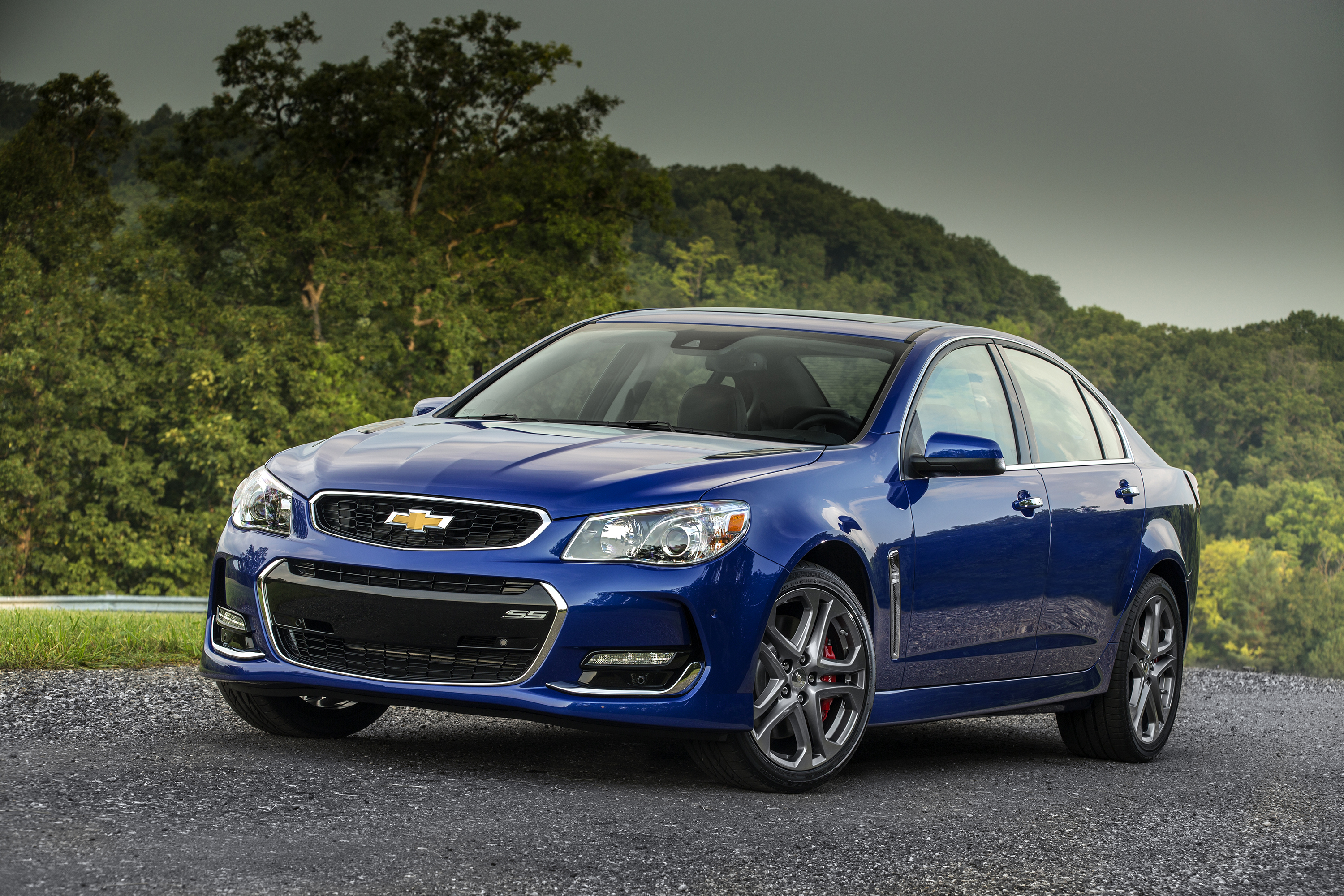The short life of the front-wheel-drive muscle car
On paper, the 2006–09 Chevy Impala SS looked like a winner. A 303-horsepower 5.3-liter LS4 aluminum V-8 offered a 43-hp boost over the 5.7-liter LT1 that powered the much beloved 1994–96 Impala SS, and its 323 lb.-ft. peak torque essentially matched the older engine.
The 2006 SS was also about 500 pounds lighter than the ’90s SS and much quicker at the drag strip. Car and Driver measured 0–60 in 5.6 seconds and the quarter-mile in 14.1 at 101 mph, compared to 0–60 in 6.5 seconds and the quarter mile in 15 seconds at 92 mph for a 1994 Impala SS. Chevy also put the LS4 V-8 in the Monte Carlo SS for 2006, and this model likewise was much quicker than the very popular 1980s version.
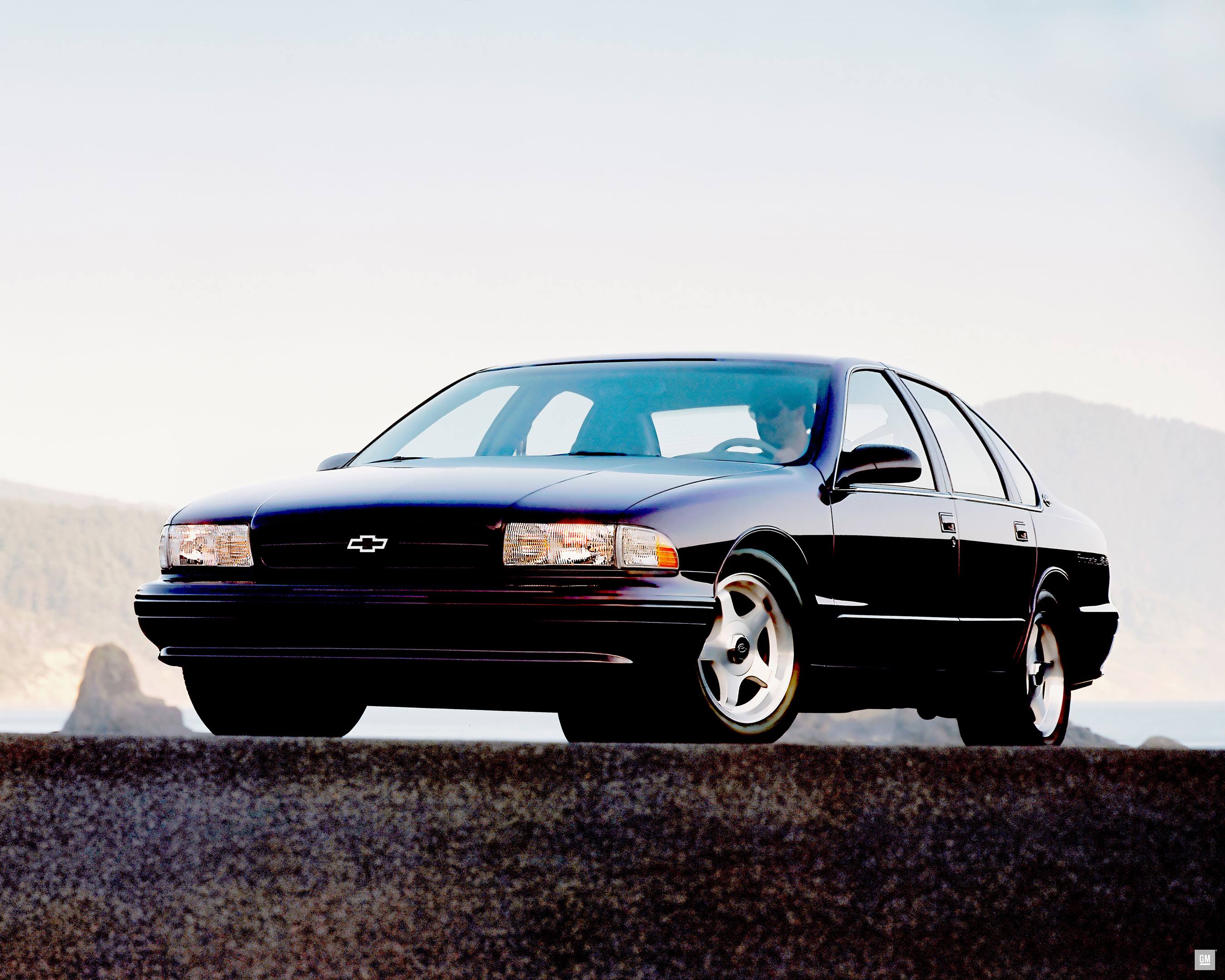
So, the quicker car wins, right? On the drag strip, yes. In the hearts of car enthusiasts, not really. While today the 1994–96 Impala SS enjoys a loyal following, plenty of club activity, and collector-car status, the later version is simply a used car selling for $6,000–$7,000. The same goes for the 2006–08 Monte Carlo SS. The reason? Those later models were front-wheel drive, which is kryptonite to muscle car enthusiasts.
“The later car will smoke a stock ’94 –96 Impala SS in stock-to-stock comparisons, but it still gets no love,” says Bill DiBlasio, president of the Impala SS Clubs of America.
The group, which formed specifically around the 1994–96 Impala SS, later opened its membership to all years of the Impala. DiBlasio says that despite efforts to welcome owners of the 2006–09 FWD models, there have never been more than a handful of those cars in the club. Some members don’t respect the FWD models, DiBlasio explains, but others appreciate their merits. At an ISSCA race event at Island Dragway in western New Jersey in late September, one driver brought his wife’s daily-driver FWD V-8 Impala SS and made it into the finals, running high 14s.
Burning rubber … but at the wrong end

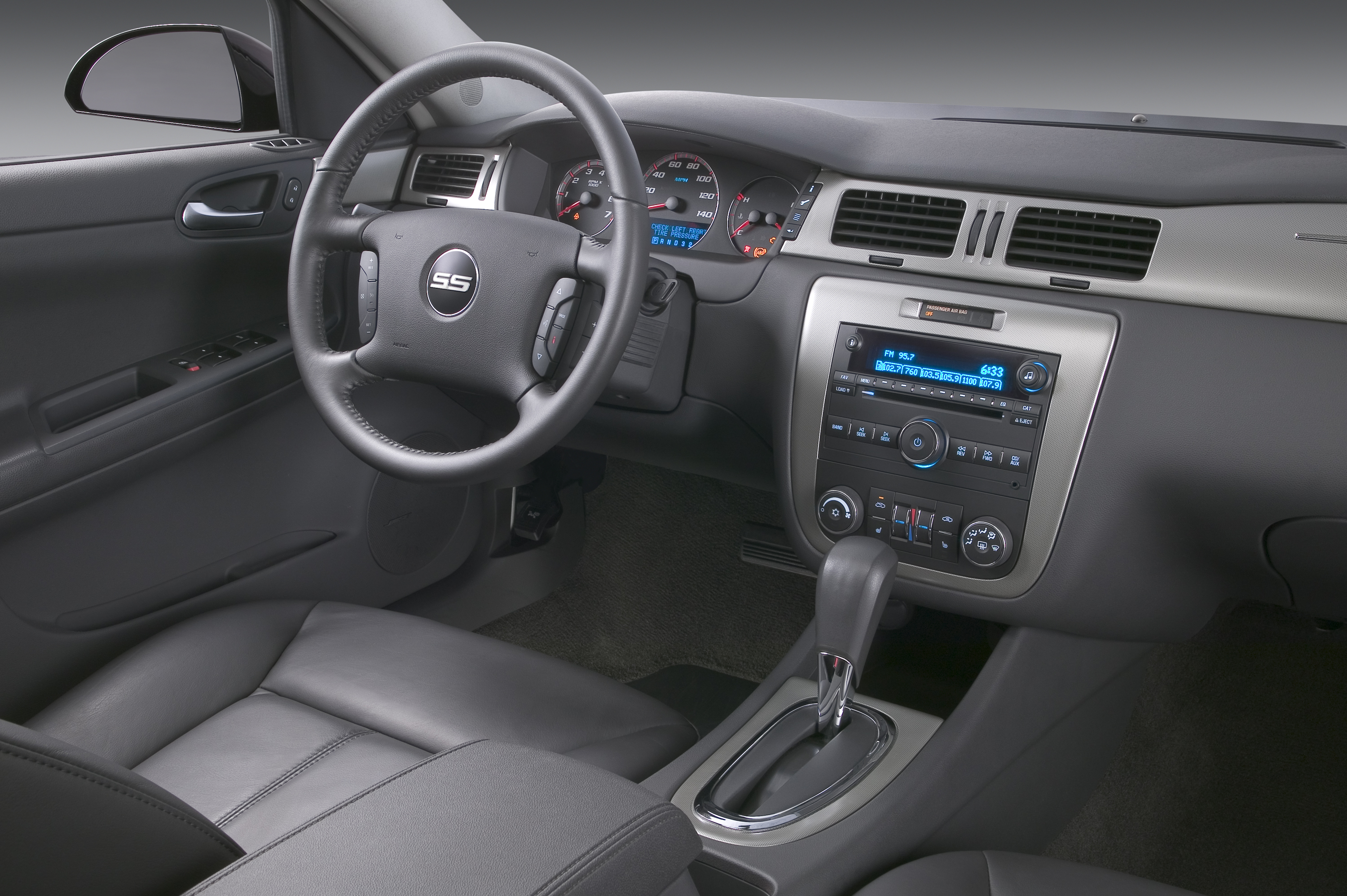
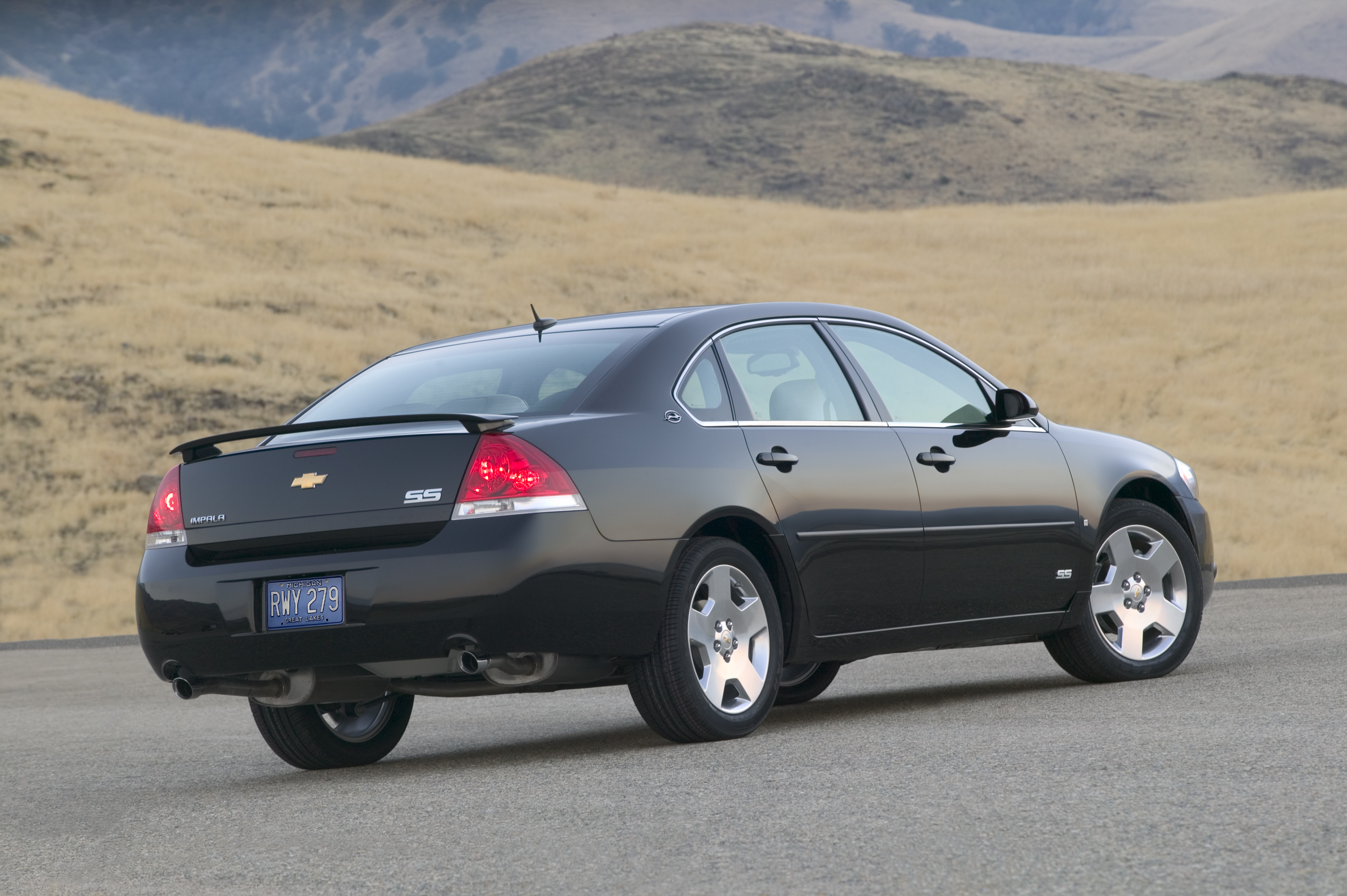
In 2006, Ford was enjoying success with its retro-styled Mustang, and Dodge offered the fast Hemi-powered Charger sedan and Magnum wagon (paired with the sibling Chrysler 300C). Pontiac’s respected but expensive GTO, built by Holden, GM’s Australian subsidiary, was in sales decline and on its way out, and Chevy’s only rear-driver was the Corvette. Seeking entry into the growing V-8 muscle sedan and coupe market, Chevy replaced the supercharged 3800 Series III V-6 in the 2006 Impala SS and Monte Carlo SS with a transverse-mounted LS4 aluminum V-8.
Pontiac actually beat Chevy to the FWD V-8 punch with the 2005 Grand Prix GXP. All three were based on GM’s “W” platform, an evolution of the GM10 platform introduced for 1988.
And, all three FWD V-8 models carried more than 60 percent of their weight over the front wheels. Predictably, they were tire burners—just burning at the wrong end of the car. Still, acceleration was impressive, even with weight transfer hindering traction instead of helping it, as it would for a rear-drive car.
Pontiac applied its usual excellent chassis tuning to work around front-wheel drive’s inherently poor weight distribution and torque steer. One trick for the GXP was a flip of the classic “staggered” tire setup, in this case putting the wider tires on the front, not the rear. The Chevy SS models did not share those tweaks, however.
“Dive, squat, and roll control could be described as nautical,” said Car and Driver in its 2006 Impala SS road test. The editors concluded that the FWD SS “looks great on paper but fails to satisfy in reality.” Motor Trend offered a similar opinion on the car: “While it may deliver the same 0-to-60 time as a rear-drive Dodge Charger R/T, no one will notice.”
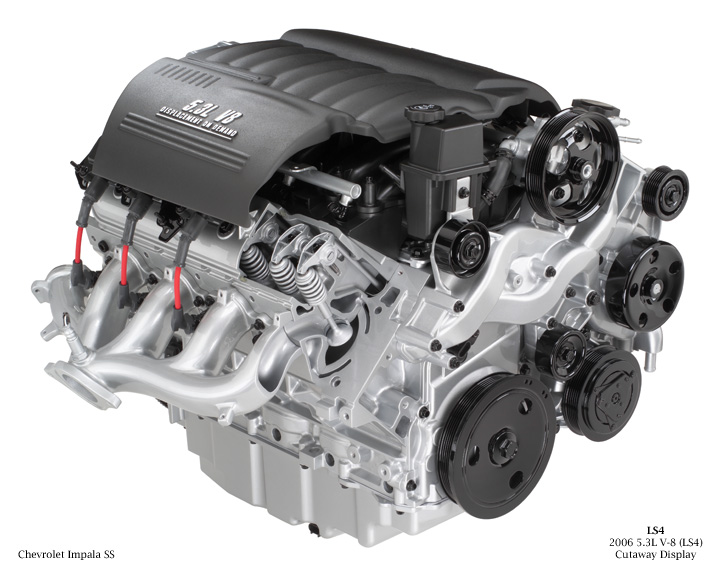
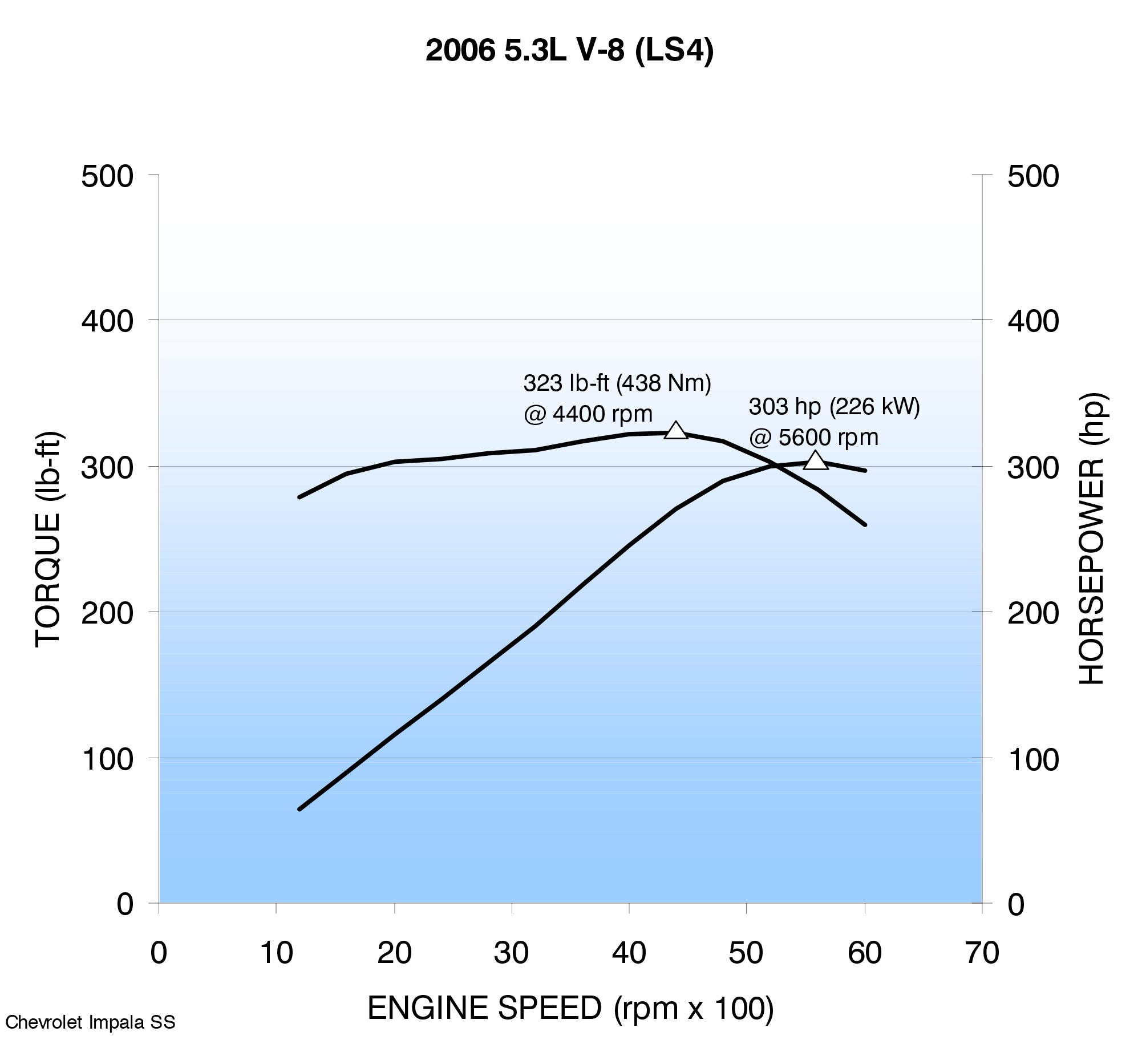
Well, some noticed. Chevy sold 50,000 FWD V-8 Impala SS models over four model years, compared to 70,000 of the 1994–96 RWD version. The FWD Impala’s rental car styling didn’t help. The 2006–07 Monte Carlo SS tallied just 15,000 sales, and the 2005–08 Grand Prix GXP sold 18,000. Today, all three cars can offer speedy V-8 performance and everyday comfort for a low buy-in. But DiBlasio doesn’t see a collector-car future for the FWD V-8 Impala SS.
“They’re not highly sought after,” he says. “Serious car guys shy away from front-wheel drive. You can get more power out of the LS4, but then you blow away the front tires and can break the transaxle. Leave it stock, and it’s a great daily driver.”
Epilogue
Chevy’s SS performance sedan, built by Holden in Australia, resurrected the proven RWD muscle car formula to much acclaim in 2013. Motor Trend called the manual transmission version “the best sports sedan in the world.” Production ended last spring, however, and Holden will cease all car production by the end of 2017.
